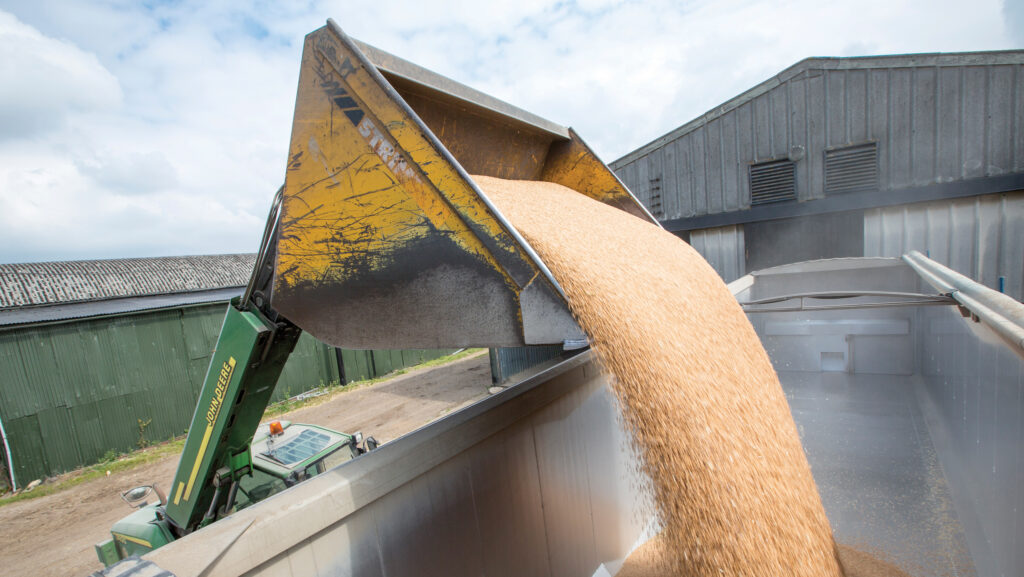Wheat quality improves in 2025 despite regional challenges
 © GNP
© GNP Almost half (47%) of Group 1 milling wheat sampled as part of AHDB’s Cereal Quality Survey met or exceeded the typical Group 1 bread wheat specification for 2025.
This represents a 22-year high and is up considerably from 20% last year.
Protein levels also improved, with UK Flour Millers Group 1 varieties averaging 13.4%, the highest in eight years.
See also: Fertiliser demand muted as growers struggle with cashflows
Helen Plant, senior analyst at the AHDB, indicated that average Hagberg Falling Numbers and specific weights also generally met or exceeded the requirements for milling wheat samples.
The improved quality of domestic wheat should increase its use for breadmaking and reduce the industry’s dependence on imports, despite a smaller harvest area of Group 1 varieties and lower yields.
Ms Plant said:
“It’s important to note that reports during harvest showed that the wheat harvest had arguably the greatest level of variation of all cereal crops.
“There was significant variation in yield between and within farms, regions and across the UK.
“So, while the overall quality is strong in 2025, we need to acknowledge that this won’t reflect all farms’ reality.”
Dry harvest conditions had a greater impact on barley quality, with high nitrogen levels limiting the amount achieving malting specifications.
Winter barley samples showed an improvement in screenings, with 93.4% retained by a 2.5mm sieve, while spring barley dropped back to 90%.
Cereals markets
UK feed wheat futures for the May 2026 contract reached £181/t midweek, the highest price point since mid-August.
Ex-farm prices collected by Farmers Weekly on 5 November put feed wheat at £166/t and milling wheat at £180/t.
A weaker sterling has helped to stimulate some of this support within the domestic market, along with a slight uplift in global trade throughout the last week.
Talk of improved trade relations between China and the US continue to provide some optimism for markets, however global supply and demand fundamentals may still keep any price rallies in check.
